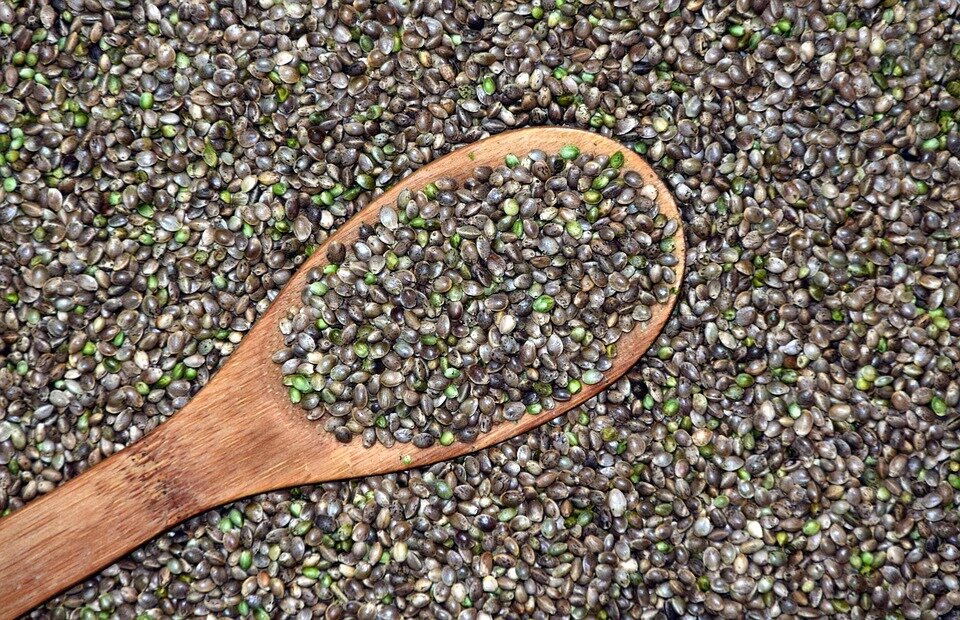Why Did I Find a Seed in My Bud?
By Cameron Glen, Director of Cultivation
Why did I find a seed in my bud? This is a question that has been posed to me more times than I can count, and with good reason. When a customer is paying a premium price, they certainly don’t expect to find a seed. While a bud with a couple seeds on the whole is not awful, it means the plant did not reach its full potential. Plants have a limited amount of energy to expend, when they make seeds it means they are using this energy to create seeds instead of bud structure and crystals.
Seeds come from two main sources: pollinated females and hermaphrodite plants.
Pollination:
In order to create new genetics, growers will add pollen from a male plant to the buds of a female plant in order to produce seeds which will be a cross of the two. This is done very carefully using a small paintbrush to ensure only certain sites are pollinated, not the entire plant. Seeds created this way are usually hearty and well formed when done correctly. They will be brown with black striping and have a hard shell.
Accidental pollination is not as common occurrence in indoor gardens, but is very common in outdoor grows. Here in Oklahoma, pollen can travel up to 15 miles in the wind. So even if you kill all of your male plants, a less competent grower 10 miles away could still pollinate your crop.
If the female plant is accidentally pollinated, it can lead to immature seeds which will be white, small, and soft. While occasionally some of these accidental pollination seeds will sprout, most immature and underdeveloped seeds will not.
Stress seeds and hermaphrodite plants:
The other way that buds can develop seeds is when it turns into a hermaphrodite, commonly called a “herm” or “hermed out” plant. When this occurs it means that the plant became stressed and tried to make a seed without the pollination by a male plant. Many different factors affect whether or not a plant will herm but the most influential is how long the genetics have been around. The older a strain gets, the more susceptible it is to outside factors. Things that can cause a plant to herm are: temperature spikes or drops, too much light, too few nutrients, light leaks, light schedule malfunctions, poor genetics, and over-stressing the plant during trellising. While one of these factors individually is unlikely to cause a herm, when multiple issues arise, it is almost inevitable that your plants will herm out. These seeds are usually immature and nonviable. If you do successfully grow stress seeds, there is a high chance that the stress has already implanted itself into the genetics of the plant and your new plants will also herm and seed
Many growers are not actively engaged in breeding and choose to use strains that have been vetted for potency and commercial viability by others. The advantage of this method is that you know exactly what you are getting and how it will perform. The downside is that if you only use what others create, you will never have something better than everyone else.
But if you happen across a viable seed, it could be your lucky day. Grow it and you might just discover an award winning strain.

